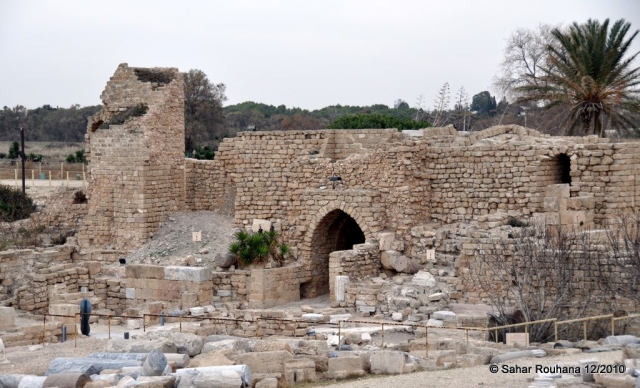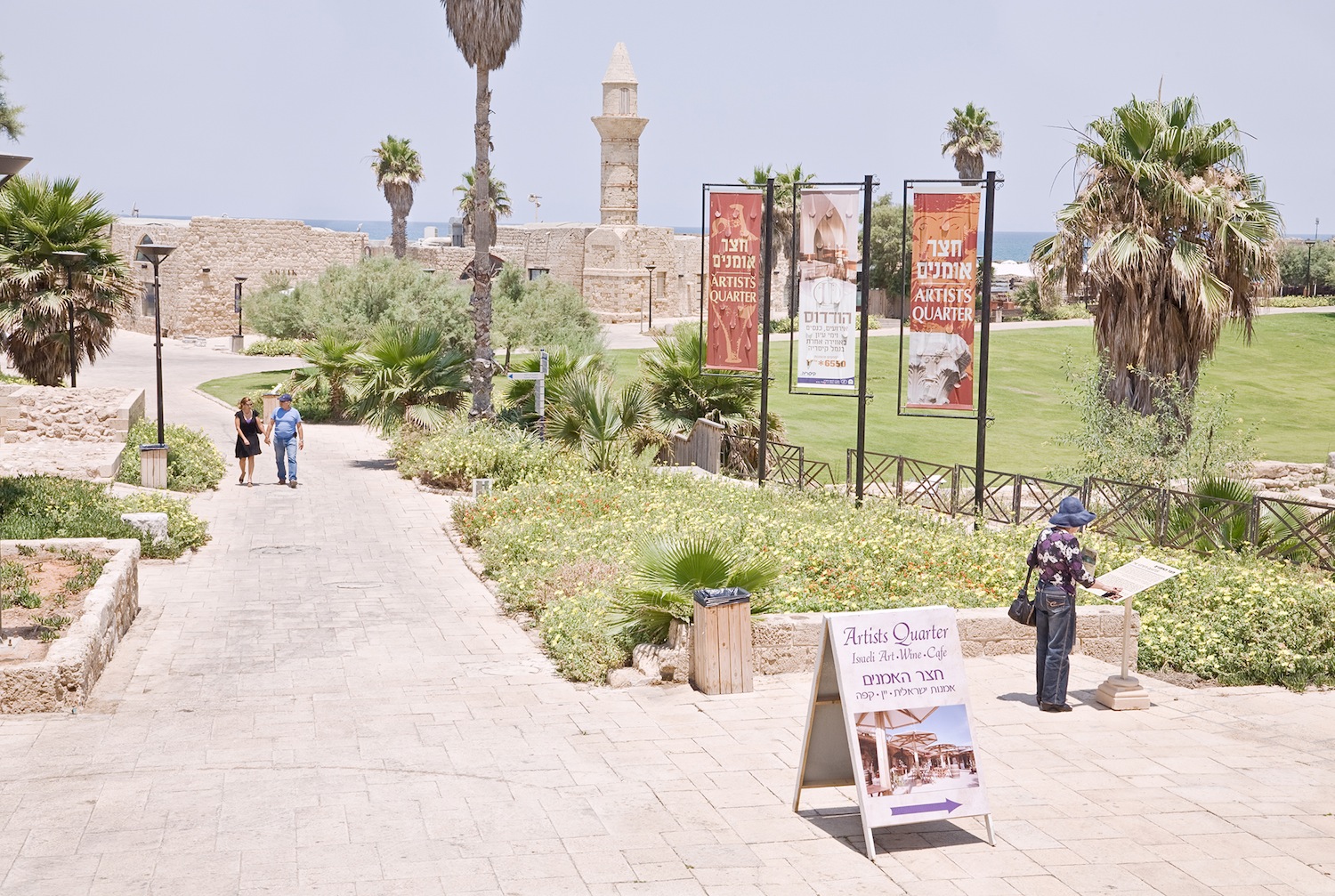Info
District: Haifa
Population 1948: 1110
Occupation date: 15/02/1948
Jewish settlements on village/town land before 1948: Kibuts Sadot Yam
Jewish settlements on village/town land after 1948: Or Akiva, Qisarya
Background:
Qisarya Before 1948
At 37 km from Haifa, the village was situated on the seacoast inside the well-built ruins of an ancient port city, originally called Strato's Tower. Qisarya is an Arabized form of Caesarea, the name of the Roman successor to Strato's Tower. The first city was established by Strato, ruler of Sidon in the late fourth century B.C., as a Phoenician trading colony. Herod the Great (d. 4 B.C.) built the town he names Caesarea (after his patron, Augustus Caesar) between 22 and 10 B.C. It developed into a prosperous harbour under the Romans and remained so under the Byzantines. It was the site of the first non-Jewish convert to Christianity, and already in the third century it was a centre of Christian scholarship. It was Eusebius of Caesarea (4th Century A.D.) who produced the first useful list of town names for Palestine, known as the Onomasticon.
Caesarea passed into Arab hands around A.D. 640 and received ample attention from Arab and Muslim geographers and chroniclers. The town was also the home of a number of renowned Arab figures, especially 'Abd al-Hamid al-Katib (d. A.D. 750), the celebrated rhetorician and belle lettrist. However, the fortunes of Qisarya appear to have declined subsequently, and Yaqut al-Hamawi (d. 1228) reported that it was more like a village than a town. The Crusaders pillaged it at first, then built a harbor and made the town the seat of an archbishop, until it was captured and leveled in 1265 by the Mamluk sultan Baybars. Qisarya only recovered in 1878 when Muslims from Bosnia settled in it after escaping the Austrian occupation of their country.
In 1945, Qisarya's Arab population was comprised of 930 Muslims and 30 Christians. The general outline of the village paralleled the shore, extending north to south. Its houses were made of stones mortared with either mud or cement; some of the Bedouin around Qisarya, however, lived in tents. The coastal highway ran about 4 km to the east. A boys' elementary school was founded in the village around 1884. The people of the village drew water for domestic use from several wells, and their economy was based on agriculture. Excavations made many ruins of Caesarea visible, including the high and low aqueducts of the city, the theatre, parts of the city wall, the hippodrome, storage vaults inside the harbour, and the later Crusader fortress.
Occupation, Depopulation, and Israeli Settlements
According to Benny Morris, 'Caesarea was the first pre-planned, organized expulsion of an Arab community by the Haganah in 1948'. The village was captured by a Palmach unit on 15 February and the inhabitants 'fled or were ordered to leave', although some had already left out of fear of attack. When twenty villagers insisted on remaining in their homes even after the village was captured, a Palmach unit destroyed the village houses on 20 February. The decision to destroy the houses was taken in early February during a Haganah General Staff meeting, but Morris claims that the houses were Jewish property leased by Arabs from the Palestine Jewish Colonization Association (PICA), and that the Palmach officer in command of operations, Yitzhak Rabin, disagreed with the decision to destroy the village. Nevertheless, thirty houses were demolished, and six were spared for lack of explosives. The demolition occurred in the general context of clearing the coastal plain north of Tel Aviv in the early months of 1948.
The kibbutz of Sedot Yam was established on what were traditionally village lands in 1940, 1 km south of the village site. Another settlement, Or 'Aqiva, was founded northeast of the village in 1951; it is now a small town with over 7,000 inhabitants and extends onto village lands. The Israeli rural locality of Qesarya was recognized by the Israeli government in 1977.
The Village Today
Most of the houses have been demolished. The site has been excavated in recent years, largely by Italian, American, and Israeli teams, and turned into a tourist area. Most of the few remaining houses are now restaurants, and the village mosque has been converted into a bar.
--------------
Source: al-Khalidi, Walid (ed.). All that remains: the Palestinian villages occupied and depopulated by Israel in 1948. Washington DC: 1992.




